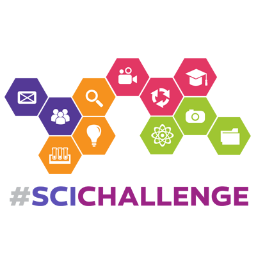There are two approaches of the definition of tasks in the existing STEM contests: (1) precisely defined problems or questions that contestants have to solve or answer, (2) broad categories or topics that contestants can choose to develop their projects.
For instance, International Olympiads have a set of precisely defined problems that the contestants have to solve. Beavers of Computer Science uses multiple choice questions with four possible answers for the evaluation of the contestants. The task of the contestants is to select the correct answer. Science and engineering fairs usually define broader categories or topics that the contestants have to address in their projects.
Beavers of Computer Science is completely conducted online. This approach is suitable for competitions with a large number of participants. For instance, more than 1.300.000 contestants from 35 countries participated in the Beavers challenge in 2015. On the contrary, International Olympiads can be considered face-to-face competitions in the sense that all contestants meet at a specific location and solve the problems under supervision. Many science and engineering fairs combine online and face-to-face styles of competition. Online competition is used for the preliminary stages of the competition, and the finalists are invited to a face-to-face competition.
Most of the existing competitions are multi-stage. They are organized at regional, national and international level. The winners of the lower stage proceed to the higher stage of the competition. The Beavers challenge however can be considered as a single-stage competition.
In the context of competitions with precisely defined problems or questions, the evaluation of contestants is straightforward: the solution provided by the contestant is compared to the expected result. Evaluation of the projects of science and engineering fairs, which work with broader categories or topics, tend to be more complex. Contestants describe their projects with multiple artefacts: technical report (up to 20 pages), presentation slides, YouTube video or demonstration prototypes. In addition, in the final stage the contestants have to answer questions by the jury.










